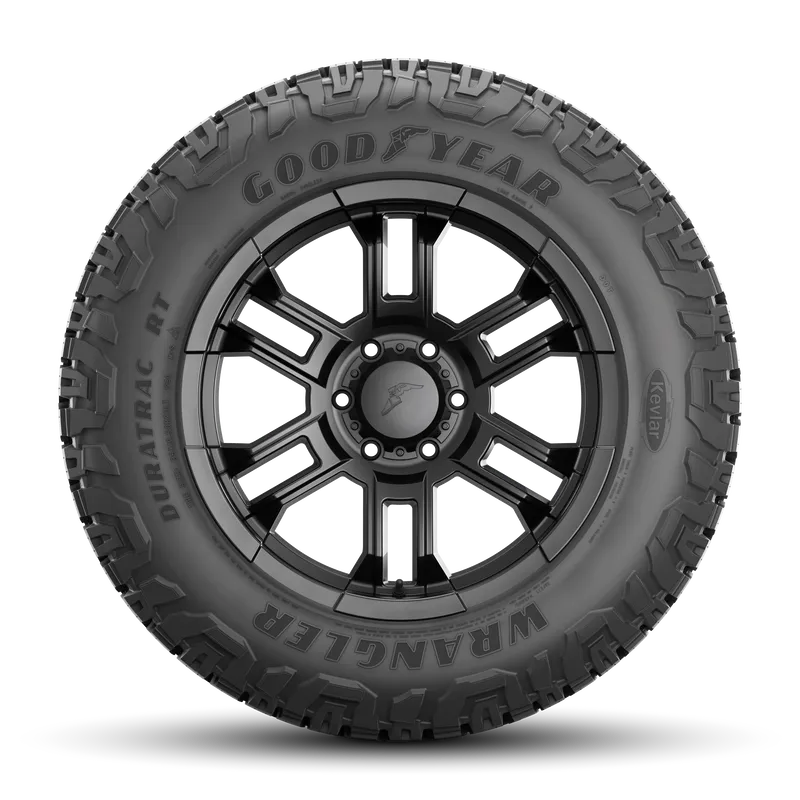How to Read a Tire Sidewall (and Why It Matters)
To most drivers, the sidewall of a tire looks like a jumble of numbers and letters. But every mark tells a story — about size, safety, and performance. Here’s how to decode it.
Tire Size Example: 225/60R16
- 225: Width of the tire in millimeters
- 60: Aspect ratio (sidewall height as a percentage of width)
- R: Radial construction (the most common type)
- 16: Diameter of the wheel (in inches)
Load Index and Speed Rating
After the size, you’ll see numbers and a letter — for example, 98H.
- 98: Load index, meaning how much weight each tire can carry.
- H: Speed rating, indicating the maximum safe speed.
Choosing a tire with the right load index and speed rating ensures your vehicle performs safely and efficiently.
DOT Code and Tire Age
Look for “DOT” followed by numbers. The last four digits represent the week and year the tire was made. For example, 3519 means the tire was made in the 35th week of 2019. Knowing tire age is crucial, as rubber degrades even if the tread looks fine.
Why It Matters
- The wrong tire size can cause handling problems or damage your vehicle
- Ignoring speed ratings could put you at risk during highway driving
- Knowing tire age helps prevent dangerous blowouts
Tip: While it’s good to understand what your tire says, you don’t have to memorize it. Your dealer can interpret the numbers and recommend the right fit for your car.

.png)



